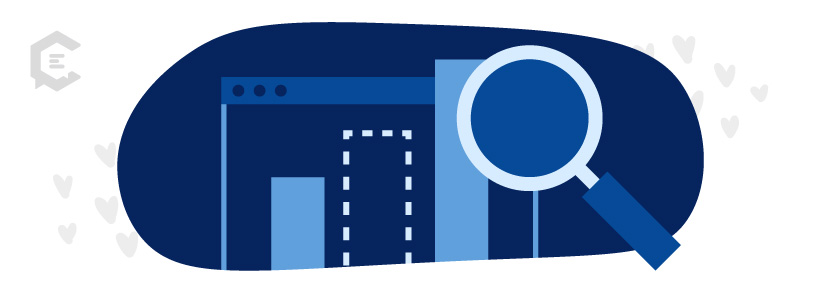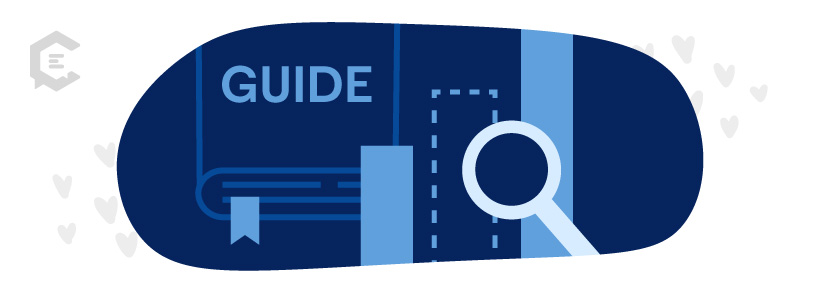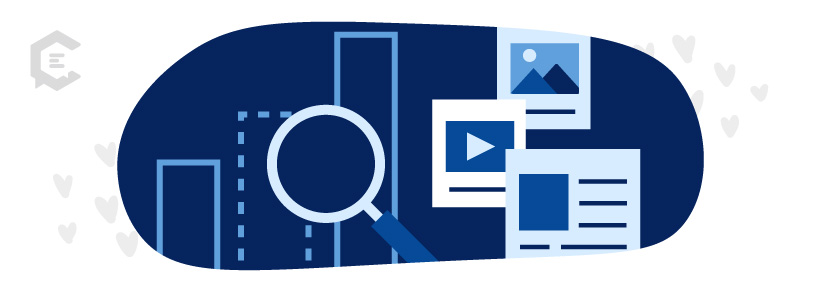What is Content Gap Analysis?
Content gap analysis is a process marketers use to identify “gaps” between popular search queries and the current online content surrounding a given topic. The purpose of content gap analysis is to identify areas where your content is lacking, either in terms of topics, formats, or distribution channels, and then develop a plan to fill those gaps.

Gap analysis can be undertaken in several ways, but doing it properly involves research, active audience listening, and diligent implementation.
Why is Content Gap Analysis so important?
By understanding what content is missing or underrepresented, you can create a more comprehensive content strategy to better meet your audience’s needs. When you are the source of in-demand, relevant content, users will spend more time on your site, lower your bounce rates, and lead to higher levels of engagement.
Filling in the content gaps in your industry:
- Ensures Audience Relevance
- Improves Engagement
- Provides A Competitive Advantage
- Enhances SEO Efforts
- Optimizes Content Planning
- Enables Targeted Content Creation
- Facilitates More Measurement Metrics And Optimization.

A Quick Guide to Closing the Content Gap
Content gap analysis may seem like a daunting task to take on, but it easily breaks down into these simple steps.
Define the goals for your target audience
Start by pinpointing who is your target audience and what needs of theirs aren’t being served. This may take some research to see what topics are trending and if there are supporting materials in the market to keep up with the evolving conversation. You can do this by researching keywords with high search volume and low competition.
Audit your existing content
Begin by taking stock of your current content assets, including blog posts, articles, videos, whitepapers, social media content, etc. Then categorize them based on topics, formats, and overall performance.
Identify content gaps
Compare your content database to your community’s current needs. You especially want to pay attention to areas where competitors outperform you and topics not being served by anyone in the industry.
Prioritize content opportunities
Once you have identified the content gaps, you must prioritize them in order of importance and impact. Where can you do the most good and provide the most support for your target audience? Consider audience demand, search volume, competitive landscape, and alignment with your business objectives.
Develop a content plan
Create a content plan that outlines the topics, formats, and distribution channels needed to fill the identified content gaps. Once you have done that, you can determine the resources required, assign responsibilities, and set timelines for publication.
Measure the Metrics
Now that you have closed the gap, it’s time to see how your new content influences the market. Keeping an eye on new web traffic, engagement, conversions, and social media shares is a good idea. Continue to evaluate and refine your content strategy based on your new insights.
How to Understand the Competitive Landscape
Filling the content gap is about understanding the competitive landscape surrounding your content. If you break down the topics covered most thoroughly by your competitors, you can begin to extract or reverse engineer your own questions that these pieces attempt to answer.
Once you clearly understand what’s out there, you can analyze the SERPs or Search Engine Results Pages that correspond to top search queries for your industry. Sites like Semrush, ScreamingFrog, and Moz have great tools for SERP analysis and individual keyword performance. These tools can analyze both local and regional performance metrics for different keywords and topics.

Make Sure You are Filling in the Right Content Gaps
Once you’ve done the hard work of identifying your competition, mapping out content, chewing on data, building customer personas, and grinding through intent-based keyword research, we can get on to the good stuff.
Using competitive analysis and SERPs, we can confidently say which topics and types of content (i.e., long-form, short-form, videos, infographics, etc.) represent a way forward to reach our content development goals.
One of the biggest mistakes we can make at this stage is to over-anticipate the direction of our audience. Once you’ve done the necessary pre-prep, finding and filling a gap in content should feel right. It should hit a sweet spot uncovered by your research and not seem like a stretch for your target audience. Understanding your customer and their journey through your content is critically important to your ability to deliver relevant content at each stage along your sales funnel.
The Bottom Line
The importance of the content gap analysis to your content and SEO strategies is abundantly clear. If you can be the company catching the balls dropped by your competitors, your target audience will turn to you first when meeting their needs.
Comprehensive content gap analysis and implementation is what the experts at ClearVoice do best. Check out our menu of content strategy offerings and talk to a content specialist today.



